Building a Foundation for Successful Learning
Audiences: Families, MDT, SC, DSP, Admin
Recommended Practices: A2, E3, F5, TC1, TC2
This unit addresses how to provide a solid foundation for effective early intervention when working with infants and toddlers with multiple disabilities, including those with combined vision and hearing loss.
Download these slide presentations to find the specific slides referred to on this page:
IN Training Part 1Microsoft PowerPoint Document|2.8 MB PA WebinarMicrosoft PowerPoint Document|5.9 MB
Access to People, Objects, and Activities
PowerPoint Slides
IN Training (Part 1): Slides 49-53
These slides discuss how to provide access to children with deaf-blindness, including visual/auditory accommodations.
PA Webinar: Slides 27-33
These slides cover environmental considerations and touch.
Recorded Presentations
PA Webinar: Environmental Considerations Section
Carol Darrah discusses how to adjust the environment to maximize a child's vision and hearing abilities (2:15).
Photos
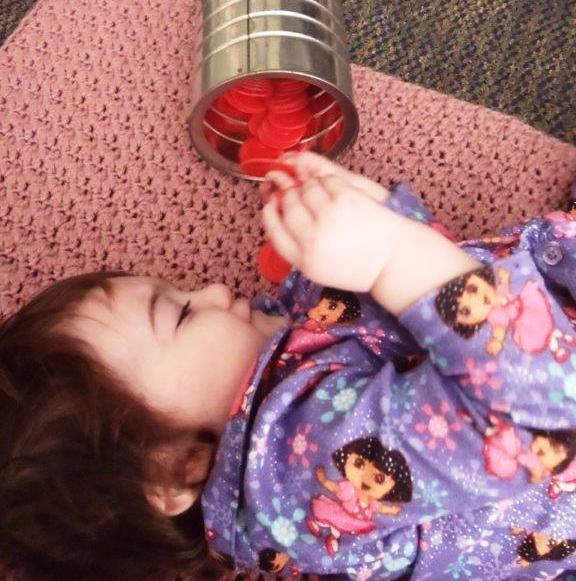
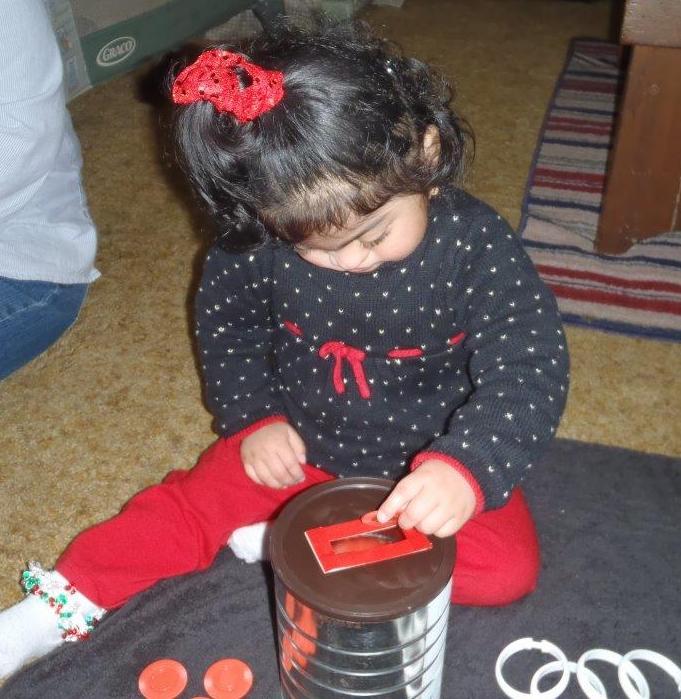
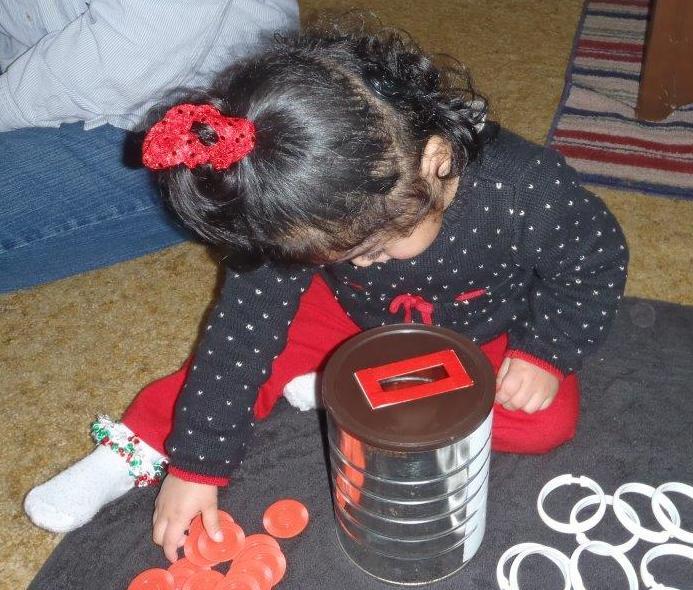
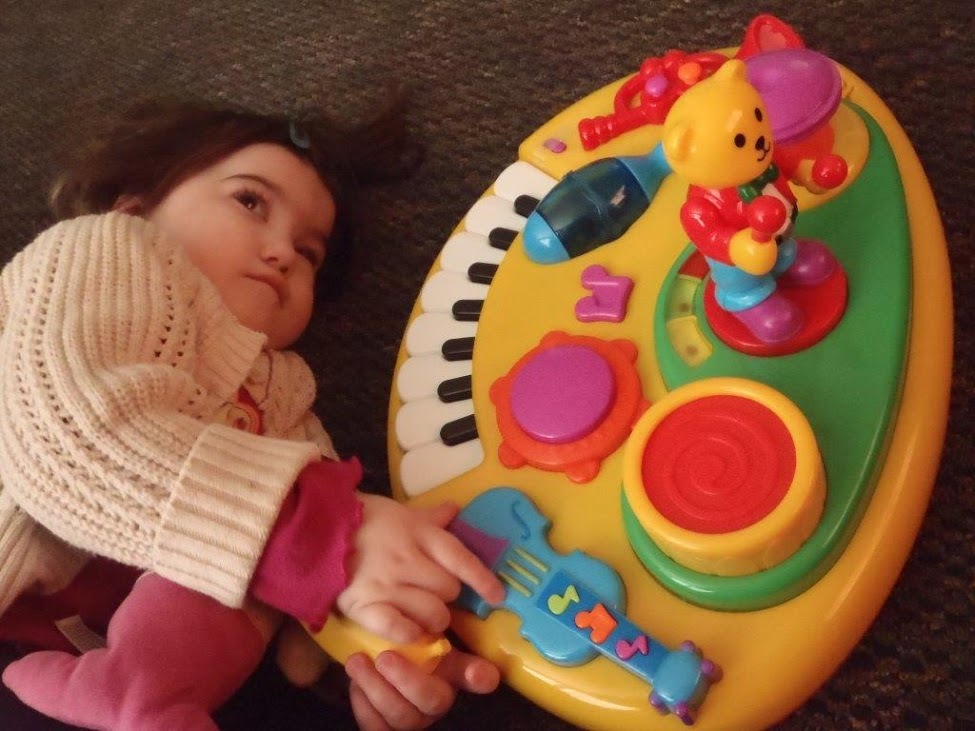
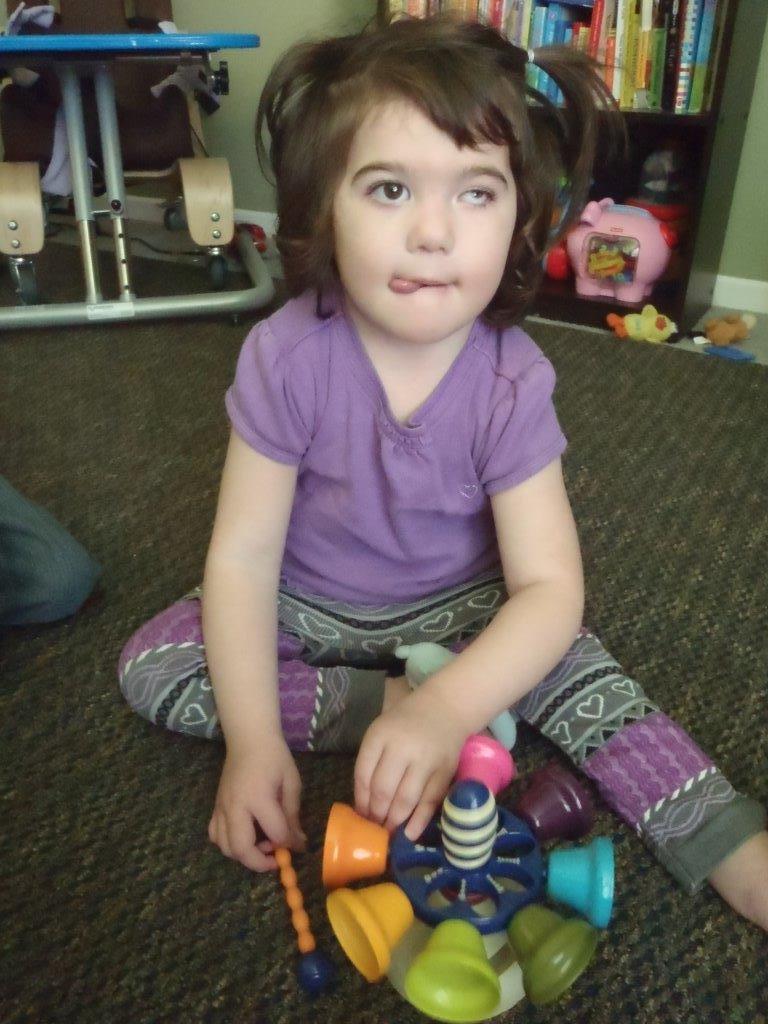
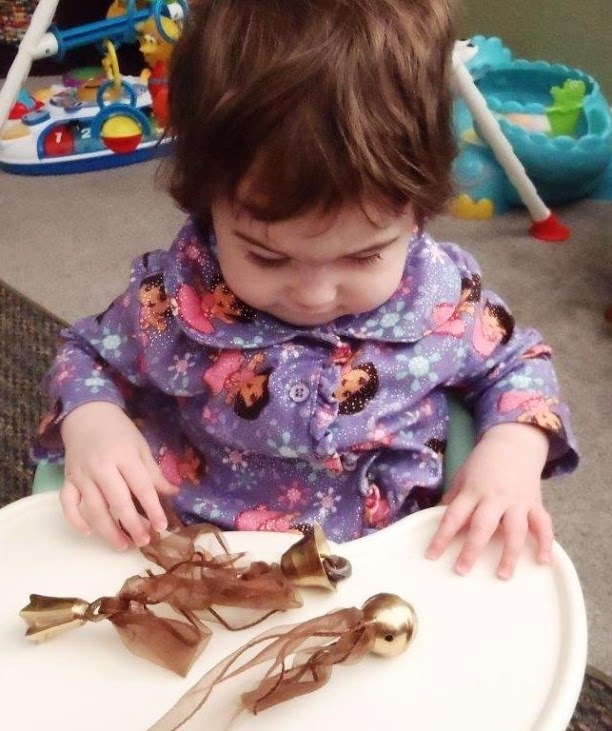
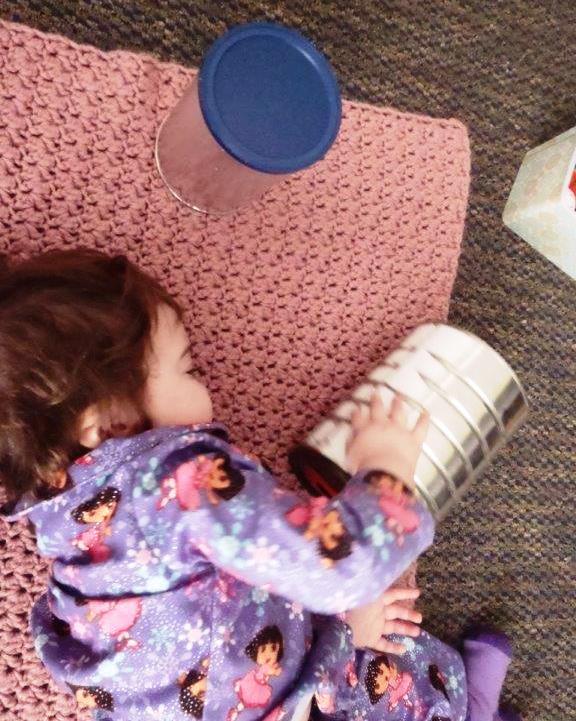
Appropriate Assessment
PowerPoint Slides
IN Training (Part 1): Slides 46-48
These slides present key points about assessment.
Video
Cortical Visual Impairment
This webpage contains videos of Dr. Christine Roman-Lantzy talking about the varying aspects of cortical visual impairment including assessment.
Recorded Presentations
Online Classes for CVI
These online classes from Perkins School for the Blind eLEARNING cover assessment and intervention for individuals with cortical visual impairment.
Handouts
Communication Matrix
This free assessment tool is appropriate for individuals functioning at the early stages of communication.
Design to Learn Products
A number of assessments and related products developed by Charity Rowland and her team are available for purchase on this site.
Communication During Daily Routines
An example of how to document communication strategies for a specific child.
Communication Dictionary
This is one way to document a child's communicative behaviors, what they mean, and how adults should respond.
Bonding
PowerPoint Slides
IN Training (Part 1): Slides 61-63
These slides cover challenges for the caregiver and infant related to bonding and strategies that can help.
Individualized Communication Systems (Reading Infant Signals)
PowerPoint Slides
IN Training (Part 1): Slides 54-59
These slides discuss how to read infant signals and outline the many ways children with deaf-blindness communicate.
Videos
Reflections on Deafblindness: Hands & Touch
In this webcast from Perkins, Barbara Miles discusses the unique function hands serve for children who are deaf-blind (22 min.).
Handouts
Ways of Communicating
A tool developed by Washington Sensory Disabilities Services to help teams understand an individual learner's communication methods, encourage consistency in all communication opportunities, and plan for expanding communication skills.
PowerPoint Slides
IN Training (Part 1): Slides 69-83
These slides cover routines-based early intervention.
Videos
Likes and Dislikes
These four videos from Washington Sensory Disabilities Services show how to determine what motivates a child and use these interests to promote learning. [Note: Click on the "Videos" tab.]
Bedtime and Diaper Changing Routines
These two videos from Washington Sensory Disabilities Services feature two young children with deaf-blindness and their mothers. [Note: Click the "Videos" tab and scroll to the second and third videos on the page.]
Handouts
Places Map
This diagram can be used to identify learning opportunities within settings.
Planning a Routine
A planning tool that takes an activity identified in the "Places Map" (or another team process) and provides space for listing steps involved in Initiation, Preparation, Core, and Termination.
Identifying Learning Opportunities: Nature Center
An example of a routine involving a classroom nature center.
Identifying Learning Opportunities: Softball Game
An example of activity opportunities during a softball game.
Likes/Dislikes Worksheet
A tool developed by Washington Sensory Disabilities Services to assist teams in identifying a child's likes and dislikes in a variety of categories.
Likes/Dislikes Worksheet Example
Pages 9–13 of this document from Washington Sensory Disabilities Services include an example of a completed "Likes/Dislikes Worksheet."
Always Ask Yourself
This one-pager from the NCDB literacy website lists questions to be considered by team members to ensure optimal learning experiences for children with combined vision and hearing loss.
Protocol for the Routines-Based Interview
This document gives detailed instructions for conducting an RBI (semi-structured clinical interview with a family) and includes fillable fields to record information.
Team Approach
PowerPoint Slides
IN Training (Part 1): Slide 45
This slide emphasizes the importance of collaboration.
Collaborative Practices for Teams Serving Young Children with Complex Needs
This PowerPoint was created by the Vermont I-Team Early Intervention Project.
Handouts
Family Routines Plan
This form can be used to record information about routines.
Routines-Based Collaborative Goal Matrix
This form can be used to record goals, tools, and strategies relating to daily routines.
Collaborative Team Meeting Agenda
This form can be used to record what happened at a team meeting.
Welcome to My Home
This anonymous reflection employs honesty and humor to provide a family perspective on welcoming professionals into their home.
Touch
PowerPoint Slides
IN Training (Part 1): Slides 66-68
These slides cover important considerations related to touch.
Videos
Reflections on Deafblindness: Hands & Touch
In this webcast from Perkins, Barbara Miles discusses the unique function hands serve for children who are deaf-blind (22 min.).
Recorded Presentations
PA Webinar: Touch Section
Emma Nelson discusses the importance of touch and explains hand-under-hand strategies (9:59).
Handouts
Talking the Language of the Hands to the Hands
This 2003 article by Barbara Miles discusses the importance of hands to individuals who are deaf-blind and how to teach skills that facilitate hand development and expressiveness.
Trusted Relationships
PowerPoint Slides
IN Training (Part 1): Slides 60, 64-65
These slides cover elements in building a trusted relationship.
PA Webinar: Slides 57-60
These slides give an overview of building rapport with a child.
Videos
Recorded Presentations
PA Webinar: Social-Emotional Section
Emma Nelson discusses social-emotional development and how to help children feel safe and empowered (7:17).
Handouts
Early Interactions with Children Who Are Deaf-Blind
A helpful overview from NCDB that includes explanations and tips for optimizing interactions and learning from the start.
Participant Learning
Activity 1:
Read the article "Talking the Language of the Hands to the Hands." Reflect on what you've read and write down three ideas that impacted you the most.
Activity 2:
Based on a child with whom you work, a) list the other people you would include on the child's team, b) describe how you would incorporate each team member's skill set in determining an assessment plan for the child, and c) reflect on the goals of the IFSP and think about how they could be routines-based/collaborative.
Activity 3:
Complete the following three forms for a child with whom you work: "Likes/Dislikes Worksheet," "Places Map," and "Planning a Routine." Be sure to think about any adaptations and accommodations the child will need to be successful.
Activity 4:
Complete the "Ways of Communicating" form for a child with whom you work.
